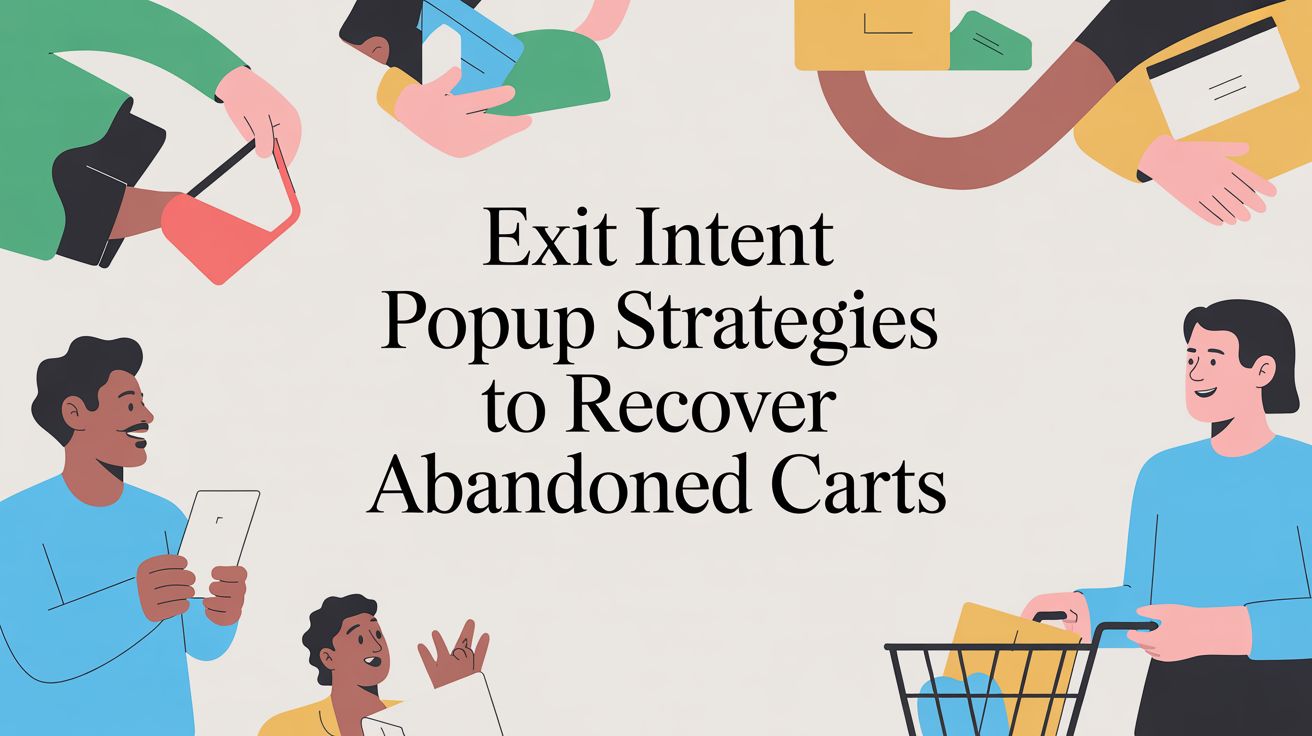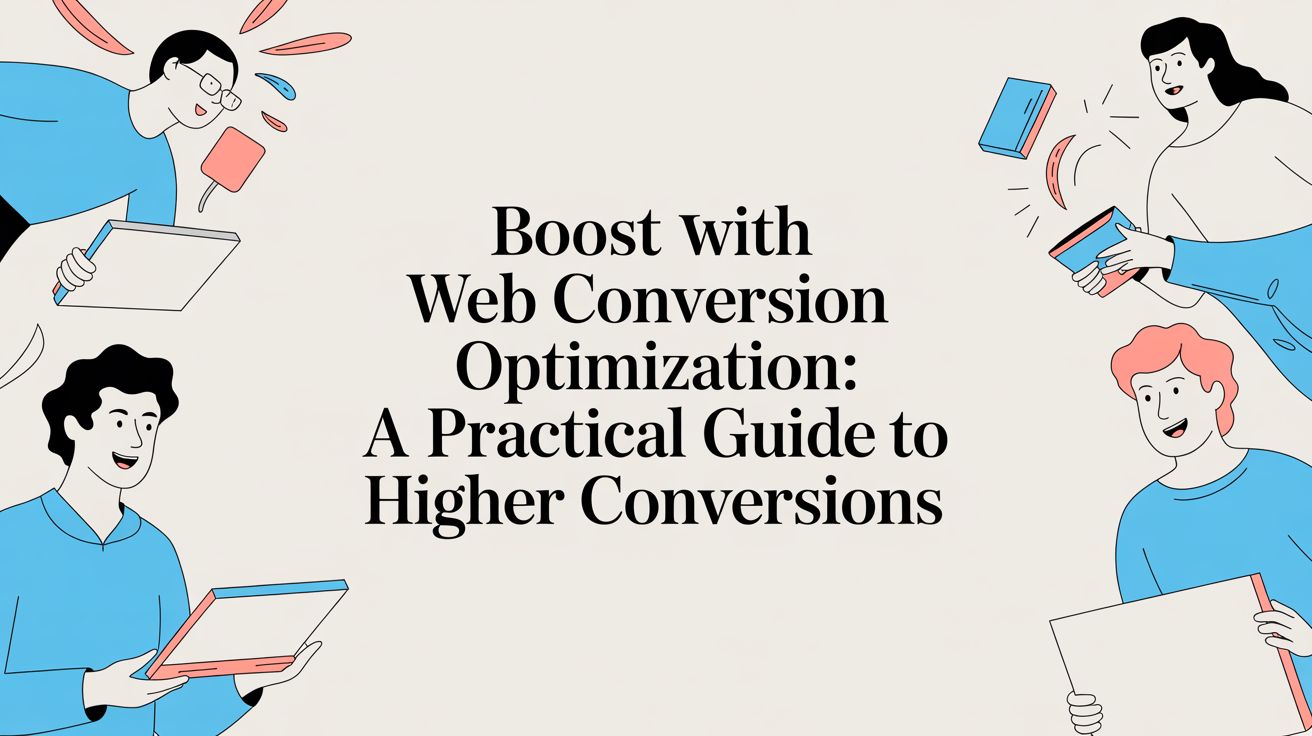
How to predict when consumers will buy a product

When it comes to your consumers, there’s no end to the things you want to know. What do consumers find valuable? How do consumers make decisions? What causes consumers to love a brand? But the underlying question remains: What makes consumers buy a product?
It’s a colossal question that every B2C brand wants to answer.
Dr. Paul Zak, neuroscientist and founder of Immersion Neuroscience, a prediction engine designed to foretell actions using the brain, spoke to us about the importance of emotional resonance and consumer attention, what factors need to be present during the buying process, how biometrics impact purchase decisions and more.
Zak is a huge proponent of both science and technology. He says the two are helpful tools in capturing people’s emotions objectively and accurately, creating a better shopping experience for consumers. When you’re a brand looking to figure out what makes a consumer buy a product, this is exactly what you want.
Predicting which consumers will convert
In his years studying behavioral science and consumer buying decisions, Zak discovered that of all the brain’s triggers, emotions, and attention are the strongest factors present in a consumer who gets converted.
“It’s the degree to which your brain says ‘Oh, this is really valuable to me’,” Zak said. “You can take those two electrical signals and evolve them into ways to maximize predictive accuracy.”
Consumer psychology has also taught us there are other contributing factors that determine a customer’s level of engagement. Zak advises brands to live by the acronym "SIRTA."
1. Staging: Consumer has to be ready to absorb any information provided from the brand
2. Immersion: Submerging the consumer in the shopping experience (For example, by making the experience entertaining, educational and exciting)
3. Relevance: Information has to be important to the consumer
4. Targeting: Identify your target audience
5. Call-to-Action: Consumer needs clear directions
If you've ever been to Disney World, you may have noticed how immersive it is. You have to plan out your day (Just how much time are you going to spend there? What rides will you get on?), all of your senses are engaged (there's music, carnival food, animation), you enjoy the brand, and you know exactly what you're there to do. In other words, this is SIRTA to a tee.
"It's oftentimes the entrance to that ride which has a narrative, it has so much eye candy that it's almost more immersive than the ride itself, because there's so much to engage you," said Zak. "Your brain is priming you to have a better experience."
Helping consumers to convert
So how often do consumers experience great excitement over a product? Not very often. Zak says consumers typically buy and use products out of habit, not out of curiosity.
“The reason that people engage in automatic behaviors is that the brain is a very expensive organ to run, and so we’ve evolved to spend as little energy as possible. We like habits because they’re easier. From a branding experience, it’s a good thing. All you have to do is remind people every so often that they’re a [X brand] person,” said Zak.
The decision to buy a product also depends on how appealing the item is to the consumer. Zak gave an example of a psychological study where groups of heterosexual men were told to walk across a bridge and determine their attraction the woman standing at the end. The men who walked across a small bridge were partially attracted to her but those who walked across a longer bridge felt higher levels of attraction.
When asked to walk across a bridge, the participants were exposed to increased feelings of fear, anticipation, excitement and more — their brains were physiologically aroused. They were fully immersed in an experience, much like consumers are when they are given a relevant CTA regarding an upcoming product or service.
“The brain Ioves anticipation. We love a good build-up. It drives dopamine and makes us wonder: 'Is there a reward in my environment, and can I focus on it?' But if you make me wait too long, it’s going to push me from anticipation into frustration," said Zak.
Consumers buy products for many reasons, but determining what reasons can leave you with more questions than answers if you don’t know where to start. Behavioral science is one tool you can use to figure out what compels a consumer to buy a product.

Lindsay Keener is a brand journalist for Quikly. She covers stories that help to inform and educate consumer-facing marketers.

